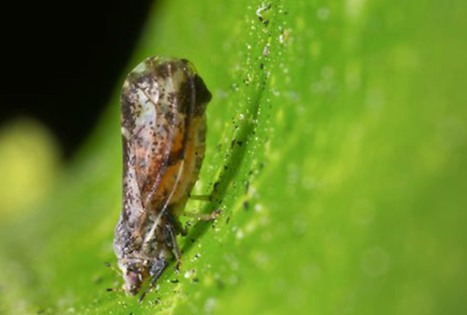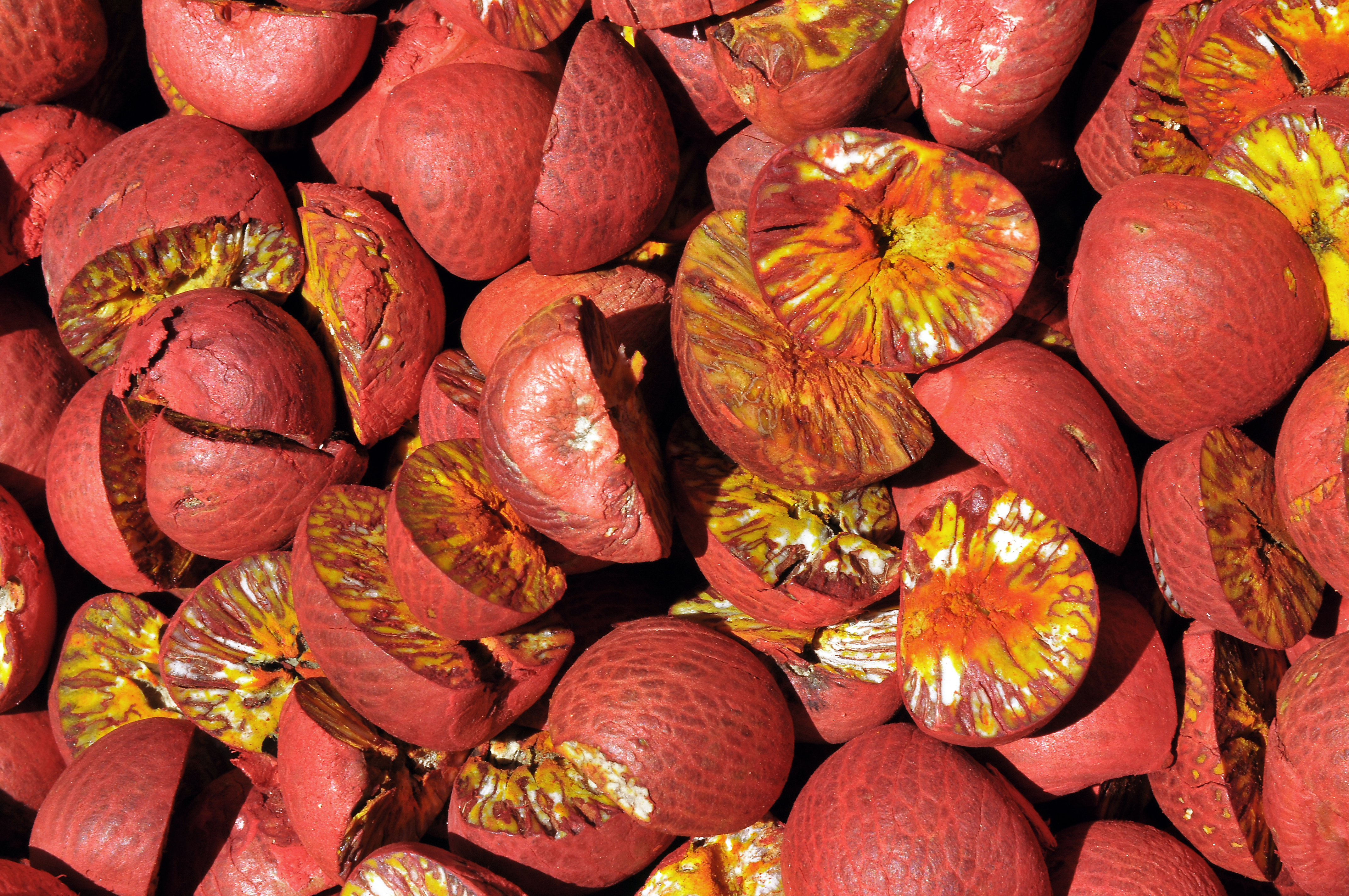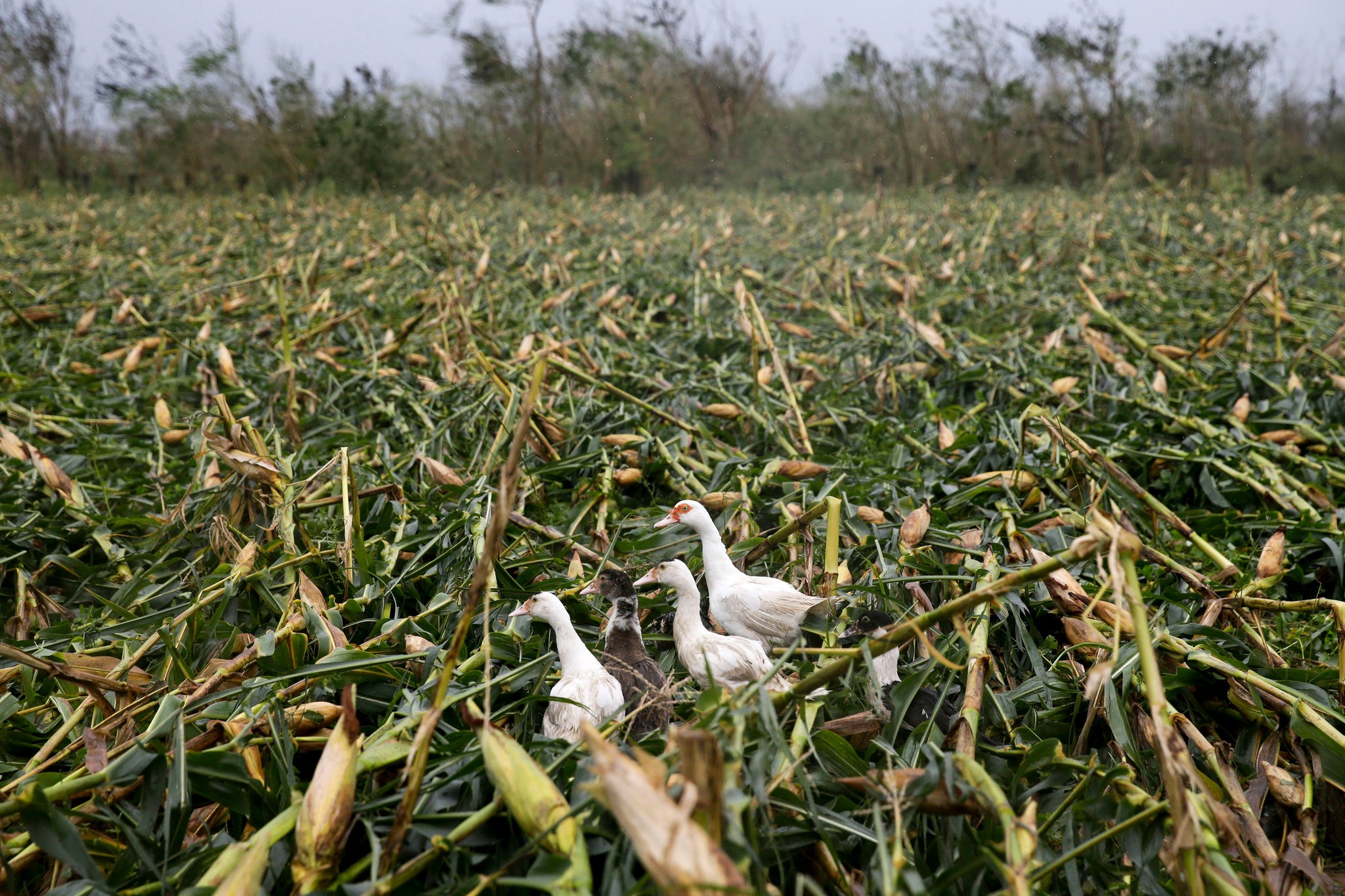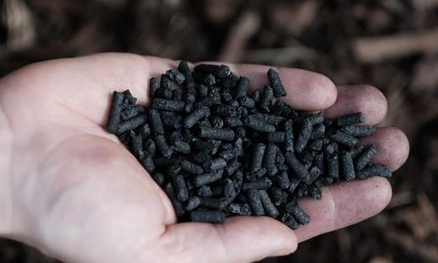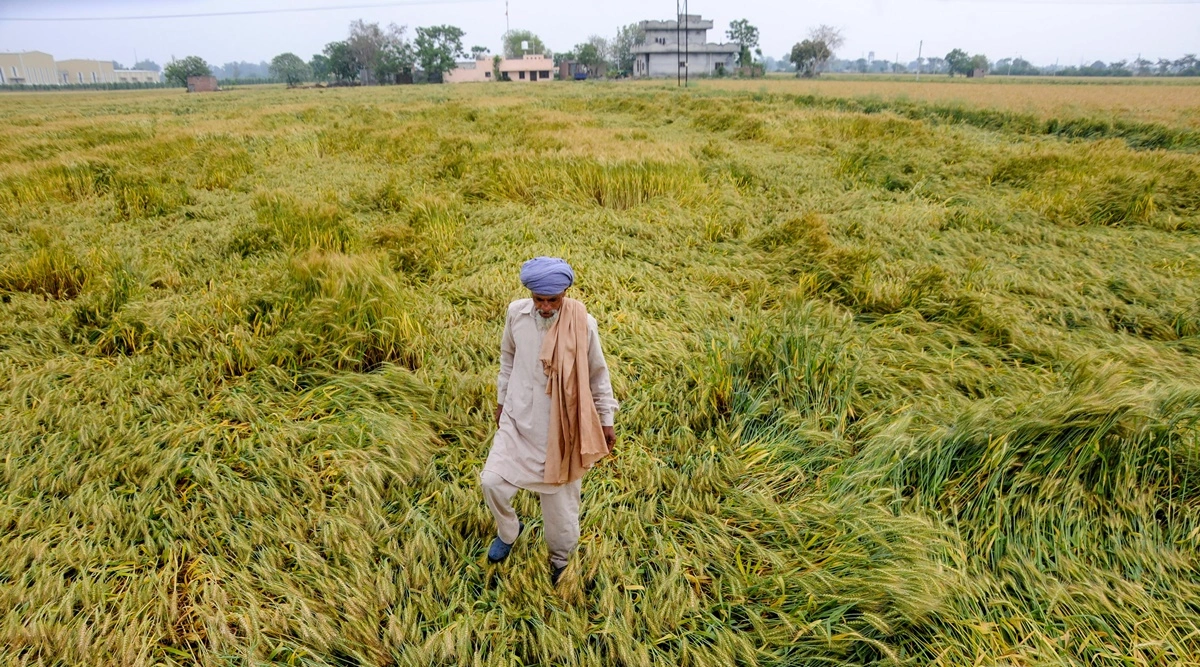The Mediterranean and the EU remain the only major citrus production area free of the Huanglongbing or HLB, also known as greening or yellow dragon disease, the most devastating citrus disease is caused by the bacteria Candidatus Liberibacter. Now, however, there are two threats to this status. On the one hand, the Trioza erytreae - the vector insect of the ‘most benevolent‘ African strain of HLB - has been expanding in northern Spain and along almost the entire Atlantic coast of Portugal. On the other hand, Diaphorina citri, which is the most efficient Asian psyllid carrier of the most aggressive and lethal strain for citrus fruits, has been detected for the first time in EU territory.
According to the latest report from the European and Mediterranean Plant Protection Organization (EPPO), the insect has been located in Cyprus -specifically in the municipality of Asómatos (Limassol district)- and its presence has been confirmed by the European reference laboratory. This same vector was already detected in Israel (a find that was confirmed in January 2022), which ratifies its ability to expand in the Mediterranean. Cyprus must adopt eradication measures against this quarantine insect immediately because it is a carrier of the HLB disease, and its prevention, combat, and detection are classified as a priority. In this regard, Intercitrus demands that, in order to ensure its degree of compliance and given the seriousness of what has happened, the European Commission (EC) opens an investigation into the origin of the outbreak (which the EPPO does not detail), and that it supervises and financially collaborates in the execution of these actions.
"The presence in our country of one or, what's worse, the increasing risk of having the two carriers of HLB in the country makes us think that the arrival of this most feared uncurable bacteria -which has decimated Florida's citrus crops and had a very strong toll on Brazil's citrus sector- is only a matter of time," stated the president of Intercitrus, Inmaculada Sanfeliu.
The interbranch organization has called on the authorities of the autonomous regions with citrus production, the Government, and the EC to immediately strengthen the prevention measures and research lines for the biological fight against these vectors -against which there are no effective insecticides authorized in the EU- to obtain patterns or varieties resistant or tolerant to the disease. They also called for the strengthening of field controls for its early detection, and border controls to prevent it from entering the country.
Given the global plant health benefit of European fruit and vegetable production, Intercitrus also calls on the EC to study the possibility of following the example of other Western powers - such as the US, Australia, and Japan- to control the introduction of plant material in the luggage of passengers entering the EU. Controlling that there are no host plant materials in commercial traffic or in the movement of people is key to preventing the entry of HLB or its vectors into European citrus farming. This measure, added to the restrictions and controls in force, would be consistent with the EU's approval of cold treatment for oranges for the prevention of false moths.
Diaphorina citri is the vector that contributes most and best to propagating the Asian species of the Candidatus Liberibacter asiaticusbacteria, the HLB's most destructive strain. Once the trees are infected with this strain, they inevitably die within a maximum period of eight years, depending on their age and the crop's conditions. It can also transmit Candidatus Liberibacter africanus and Candidatus Liberibacter americanus and it can transmit them indiscriminately in areas where these three bacteria coexist.
Unlike African psylla (T. erytreae), which causes direct damage to trees (nymphs feed on the sap of rutinaceae and cause striking deformations in the leaves), Diaphorina citri by itself is not a harmful pest, which makes it ‘stealthier’ and more complicated to detect. In addition, a study by the Valencian Institute of Agricultural Research (IVIA)- Jaume I University, and the University of Florida, has shown that the pattern on which the vast majority of orange and mandarin trees in Spain are based - the Citrange Carrizo - "is an extremely favorable host for the development and reproduction" of this psylla.
The vector originating in Asia is responsible for the spread of the disease in two of the main and most advanced producing areas of the world: Brazil and the United States. The strategy followed in Brazil has been based on the constant renewal and uprooting of the infected trees -when they're not abandoned- and the expansion to new plantations; above all, the strategy is based on the ‘bombardment’ of the farms with phytosanitary treatments against the psyllid. This was relatively successful for decades and allowed the Brazilian industry to consolidate itself as the world's leading exporter of orange juice, but the formula seems to have run out.
Today, after six consecutive years of increasing incidence, the disease is present throughout the citrus belt of São Paulo and Southwest Mines affecting 38% of the trees. This evolution is due to the lack of control of the D. citri population, which has become resistant to the most effective insecticides used so far. In Florida, the presence of HLB was confirmed in 2005 but it must have entered the country before. As a result, Florida went from achieving a record production of 12.3 million tons in the 1997/98 campaign to 740,534 tons now, the lowest volume since 1930.
"Spain doesn't have the means to contain the disease so if it does arrive in the country it's almost certain that the bacteria would destroy our sector in the medium term," Sanfeliu warned. Extrapolating the figures of the evolution experienced in Florida, it's very likely that -once the disease enters the country- the production of oranges, mandarins, and lemons would be reduced by half (from 7 million tons to 3.6) in 7.5 years and that, 15 years after its entry, citrus would become a residual crop. Spain's citrus sector's smallholder structure and the strictest European regulations on environmental and phytosanitary matters - which prohibit the pyrethroids and neonicotinoids used against D. citri - would leave the Spanish sector less room for reaction than the one Brazil or Florida have had. "We must buy time to find solutions to combat this disease," the president of Intercitrus stated.
Source - https://www.freshplaza.com


